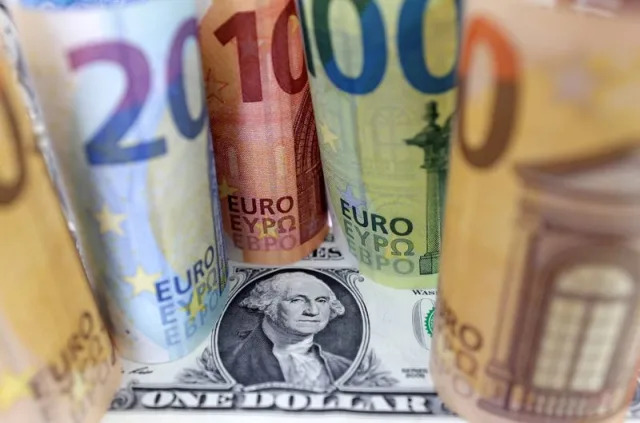On Friday, the Japanese yen found itself hovering near a 10-week low, while the US dollar continued its ascent towards a fourth consecutive weekly gain. This trend emerged as traders recalibrated their expectations regarding interest rate adjustments by the respective central banks – the Bank of Japan (BOJ) and the Federal Reserve.
The weakening of the yen reflects a diminishing anticipation among traders for the Bank of Japan to expedite its interest rate hikes. This adjustment in sentiment comes amid growing uncertainty surrounding the pace of Japan’s economic recovery and the persistence of deflationary pressures. As such, investors are tempering their expectations for aggressive monetary policy tightening from the BOJ in the near term.
Meanwhile, the US dollar’s resilience can be attributed to evolving perceptions surrounding the Federal Reserve’s monetary policy stance. Market participants are reevaluating the timeline for potential interest rate cuts by the Federal Reserve, with indications of a more hawkish tilt as inflationary pressures persist and the US economy demonstrates signs of robustness. This recalibration of rate hike expectations has bolstered the appeal of the dollar among investors.
The juxtaposition of the yen’s depreciation and the dollar’s strength underscores the contrasting trajectories of monetary policy adjustments between Japan and the United States. While the BOJ appears inclined towards a cautious approach amidst lingering economic uncertainties, the Federal Reserve is increasingly under pressure to address inflationary concerns, potentially leading to a tightening of monetary policy sooner than anticipated.
Furthermore, the prevailing dynamics in the currency markets highlight the pivotal role of interest rate differentials in shaping exchange rate movements. As expectations regarding the timing and magnitude of interest rate adjustments evolve, currencies adjust accordingly, reflecting the shifting sentiment and economic fundamentals of the respective nations.
Looking ahead, market participants will closely monitor economic data releases, central bank communications, and geopolitical developments for further insights into the trajectory of monetary policy adjustments and their implications for currency markets. Any surprises or deviations from consensus expectations could spark heightened volatility and reshape currency dynamics in the weeks to come.
In conclusion, the yen’s proximity to a 10-week low and the dollar’s buoyancy underscore the nuanced interplay between central bank policy outlooks and currency market dynamics. As traders recalibrate their rate hike bets, the yen and the dollar serve as barometers of sentiment towards the respective economies, offering valuable insights into the evolving landscape of global finance.






